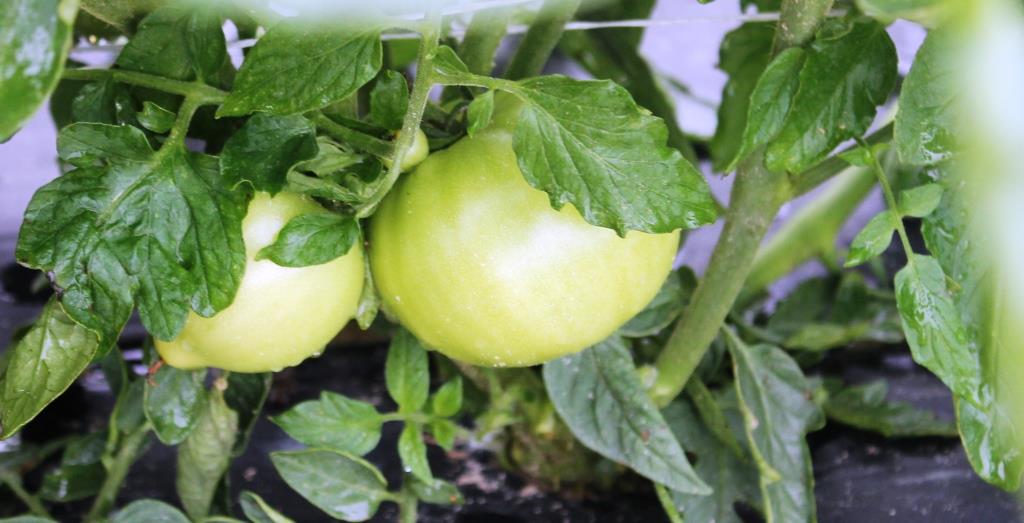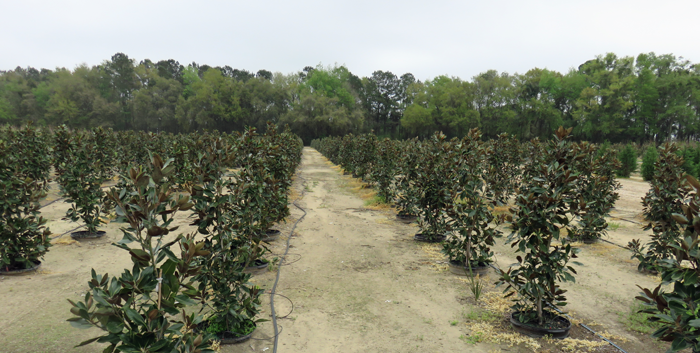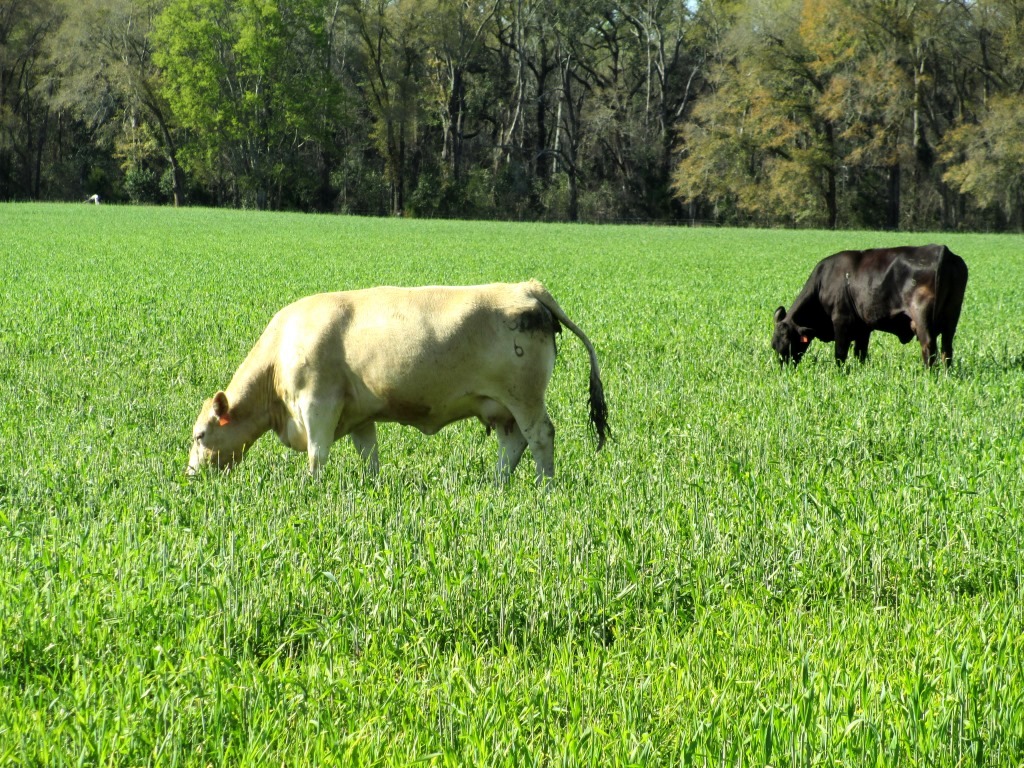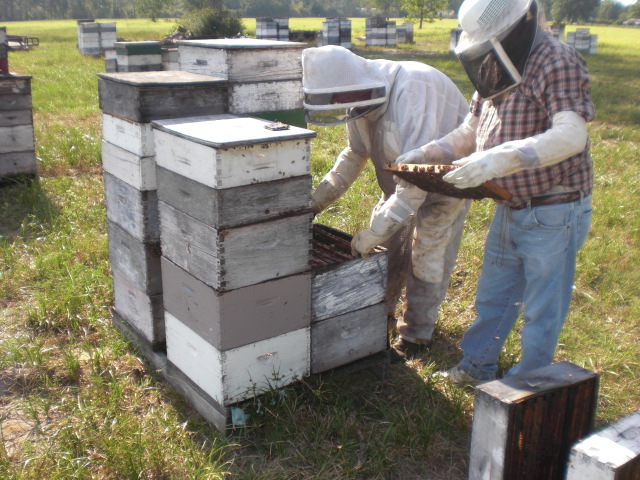The University of Florida IFAS Extension offers a database of fact sheets available for free download on the Internet called EDIS (Electronic Data Information Source) that has many publications of interest to farmers and ranchers in Northwest Florida. Each fact sheet has a PDF or printer friendly link in the top left corner. The following are just a few of the new fact sheets that were recently added to the collection pertaining to commercial agriculture production. http://edis.ifas.ufl.edu
General Agriculture
Your Farm Weather Station: Installation and Maintenance Guidelines
Weather is a prominent factor in the success or failure of agricultural enterprises, and the technology is improved and less expensive, so many farmers are installing farm-based weather stations for tracking weather conditions, scheduling irrigation, make decisions related to cold protection, and accomplish other tasks. But management decisions must be based on high-quality observations. Sensors must meet accepted minimum accuracy standards, the station must be sited properly and well-maintained. This 5-page fact sheet provides farmers with basic guidelines for installing and maintaining a weather station. Written by Clyde W. Fraisse, George W. Braun, William R. Lusher, and Lee R. Staudt, and published by the UF Department of Agricultural and Biological Engineering, April 2015.
http://edis.ifas.ufl.edu/ae502
 Row Crops
Row Crops
Hairy Indigo Control in Peanut
Hairy indigo is an annual legume that was introduced to Florida as a forage crop. It has since escaped cultivation and can be a troublesome weed in some crop settings, particularly in peanut production, since we are attempting to control a legume weed in a legume crop. This 2-page fact sheet was written by Jason Ferrell, Blaire Colvin, and Ramon Leon, and published by the UF Department of Agronomy, March 2015.
http://edis.ifas.ufl.edu/ag391
Sting Nematode Belonolaimus longicaudatus Rau (Nematoda: Tylenchida: Belonolaimidae)
Among the most destructive plant-parasitic nematodes to a wide range of plants, Belonolaimus longicaudatus damages plant roots. When the plants cannot take up water and nutrients from the soil, they become stunted, wilt, and with severe infestation, die. Florida is considered to be the point-of-origin for Belonolaimus longicaudatus and therefore this nematode exhibits a great deal of diversity in morphology, host preference, and genetics in our region. This 6-page fact sheet was written by W. T. Crow, and published by the UF Department of Entomology and Nematology, March 2015.
http://edis.ifas.ufl.edu/in1080
Western Flower Thrips (Frankliniella occidentalis [Pergande])
One of many species of thrips found in Florida, Frankliniella occidentalis is a pest of several crops throughout Florida and the world, causing injury by feeding and by transmission of plant viruses. This 8-page fact sheet was written by Jeffrey D. Cluever, Hugh A. Smith, Joseph E. Funderburk, and Galen Frantz, and published by the UF Department of Entomology and Nematology, April 2015.
http://edis.ifas.ufl.edu/in1089
 Vegetables
Vegetables
Selecting Cultivars of Lettuce for Production Using Hydroponics and Protected Culture in Florida
With correct variety selection and protected culture strategies, lettuce is a crop that can present even the novice grower with a fast-growing commodity for market sale. Includes brief descriptions of hydroponic lettuce production systems, cultivars, and a table summarizing the lettuce types successfully grown in Florida using protected agriculture and hydroponic techniques. This 6-page fact sheet was written by Natalie B. Parkell, Robert C. Hochmuth, and Wanda L. Laughlin, and published by the UF Department of Horticultural Sciences, March 2015.
http://edis.ifas.ufl.edu/hs1258
Squash Vine Borer Melittia cucurbitae (Harris) (Insecta: Lepidoptera: Sesiidae)
Squash vine borer is a moth species that is active during the day (diurnal). The larvae complete their growth and development on wild and domesticated species of the genus Cucurbita. Once only considered a nuisance to commercial growers, with the expansion of cucurbit production in the United States over the last decade, the squash vine borer has become a pest of economic importance. This 5-page fact sheet was written by Eutychus Kariuki and Jennifer L. Gillett-Kaufman, and published by the UF Department of Entomology and Nematology, December 2014. (Photo: Lyle J. Buss, UF/IFAS)
http://edis.ifas.ufl.edu/in1068
Yellowmargined Leaf Beetle: A Pest of Cole Crops
The yellowmargined leaf beetle is a pest of cole or cruciferous crops that is native to South America. Since first reported in Mobile, Alabama, in 1947, the beetle has spread throughout the Gulf Coast from Texas to Florida and up into Georgia and North Carolina. It has also been reported from Illinois and California. Not considered a major pest in conventionally grown cruciferous crops because it is susceptible to a wide range of insecticides, it poses a significant threat to the growing organic industry in the southeastern United States. It is a particular problem on Asian greens such as mizuna, mibuna, and napa cabbage, as well as on other high-value cruciferous crops like turnip, mustard, and watercress. This 4-page fact sheet was written by Elena M. Rhodes and and Oscar E. Liburd, and published by the UF Department of Entomology and Nematology, September 2014.
http://edis.ifas.ufl.edu/in1049
 Plant Nursery
Plant Nursery
Biology and Management of Oxalis (Oxalis stricta) in Ornamental Crop Production
Oxalis grows throughout the year in Florida. It can be found growing in sidewalk cracks, alongside trails, in lawns, flower beds, cultivated fields, and in container nursery stock. In greenhouse studies, oxalis populations have been shown to negatively impact the growth rates of ornamental crops. This 6-page fact sheet was written by Matt Lollar and Chris Marble, and published by the UF Department of Environmental Horticulture, February 2015.
http://edis.ifas.ufl.edu/ep514
Butia odorata: Pindo Palm
The pindo or jelly palm is a small, single-stemmed, feather-leaved palm widely grown in warmer parts of the US due to its unusual cold tolerance. It is considered hardy down to about 10°F (USDA zone 8A). The palm is slow-growing, eventually reaching 15 to 20 feet, making it suitable for planting under power lines. This 2-page fact sheet was written by Timothy K. Broschat, and published by the UF Department of Environmental Horticulture, February 2014.
http://edis.ifas.ufl.edu/st105
 Livestock
Livestock
Improving the Productivity of Beef Heifers in Florida
Beef replacement heifers are a necessary but costly part of every cow-calf operation. A decision needs to be made to either purchase replacement heifers or raise them on the ranch. This is a long-term decision that will affect the ranch for many years through the genetics of the replacement heifers and through equipment and management inputs. This 9-page fact sheet provides an analysis of considerations for raising replacements; factors to consider in selection; and recommendations for nutritional management. Written by Phillip Lancaster, Chris Prevatt, and John Arthington, and published by the UF Department of Animal Sciences, March 2015.
http://edis.ifas.ufl.edu/an132
Chicken Mite (other common names: poultry red mite, roost mite) Dermanyssus gallinae (De Geer) (Arachnida: Acari: Dermanyssidae)
The chicken mite affects egg-laying hens in many parts of the world, including Europe, Japan, China, and the United States. Although Dermanyssus gallinae affects birds in many regions, it is most prevalent in European countries, where egg industry losses are estimated at $177 million per year. It is a known vector for the St. Louis encephalitis virus, as well as other illnesses, such as fowl pox virus, Newcastle virus, and fowl cholera. In the United States, Dermanyssus gallinae is rarely found in caged-layer operations and is more commonly found in breeder farms. This 3-page fact sheet was written by Ethan Carter and Jennifer L. Gillett-Kaufman, and published by the UF Department of Entomology and Nematology, December 2015.
http://edis.ifas.ufl.edu/in1070
 Beekeeping
Beekeeping
Health Benefits and Medicinal Value of Honey
Honey has been used for medicinal purposes for thousands of years. It is rich in sugars such as glucose and fructose, but it also contains small amounts of vitamins, minerals, amino acids, and antioxidants such as phenolic acids and flavonoids. These nutrients help to make honey a unique, natural health product. Its market niche as a health product is growing, and current research supports the potential of honey as a medicinal product. This 3-page fact sheet describes health aspects of honey deriving from the floral source and color, beneficial compounds, anti-microbial properties and anti-inflammatory properties. Written by Sara Marshall, Liwei Gu, and Keith R. Schneider, and published by the UF Department of Food Science and Human Nutrition, April 2015.
http://edis.ifas.ufl.edu/fs267
Zombie Fly (suggested common name) Apocephalus borealis Brues (Insecta: Diptera: Phoridae)
The zombie fly is primarily a parasitoid of bumble bees and wasps in North America. In 2012, Dr. John Hafernik and his colleagus at San Francisco State University discovered that Apocephalus borealis also parasitizes honey bees. Parasitized honey bees show zombie-like behavior by leaving their hives at night and are often attracted to nearby lights where they show disoriented behavior and die in a few hours. This 5-page fact sheet was written by Nicole A. Casuso, Ashley N. Mortensen, and James D. Ellis, and published by the UF Department of Entomology and Nematology, October 2014. (Photo: Jessica Andrieux, CC SA-BY 2.5)
http://edis.ifas.ufl.edu/in1063
- Friday Feature:Malone Pecan Festival Tractorcade - November 21, 2025
- October 2025 Weather Summary and Winter Outlook - November 14, 2025
- Friday Feature:The Untold Story Behind the Beef for Dinner Tune - November 14, 2025
